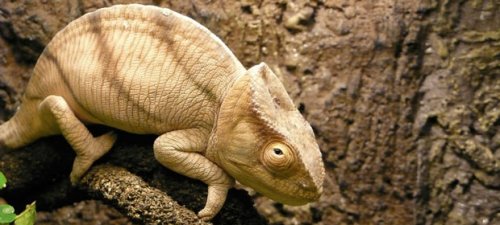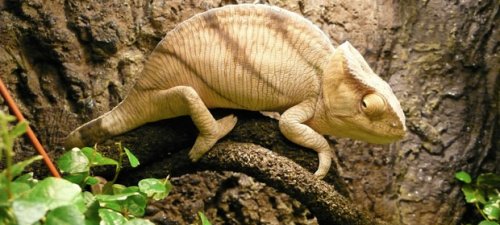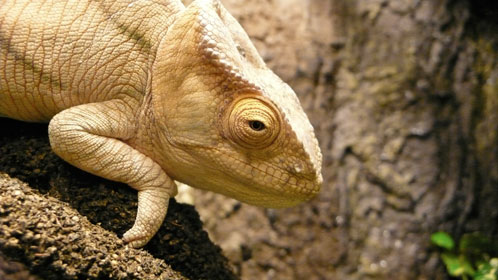Littlehorn
New Member
Acquired 3 weeks ago. The little guy has been kept in the hydration chamber for the past 20 days. When it came in, it was a little bit de-hydrated and was only taking 2 silkworms a day.
It's now eating well, around 3-4 silkworms + a few crickets a day. This baby has an attitude, whenever I walk close. It will come out from the bushes to "stare" at you for like 30secs, then just swing itz tail and walk away.
After the silk moths at home has done their jobs with laying the eggs, I will usually tried to feed them to my chameleons. They are usually gone within 20secs. in my Panther cages. But with my little parson, it doesn't seems to like them.
The little guy diet consists: Silkworms, Crickets, Locusts, Orange-head roaches, assorted beetles.
Here's some photos;
It's now eating well, around 3-4 silkworms + a few crickets a day. This baby has an attitude, whenever I walk close. It will come out from the bushes to "stare" at you for like 30secs, then just swing itz tail and walk away.
After the silk moths at home has done their jobs with laying the eggs, I will usually tried to feed them to my chameleons. They are usually gone within 20secs. in my Panther cages. But with my little parson, it doesn't seems to like them.
The little guy diet consists: Silkworms, Crickets, Locusts, Orange-head roaches, assorted beetles.
Here's some photos;










